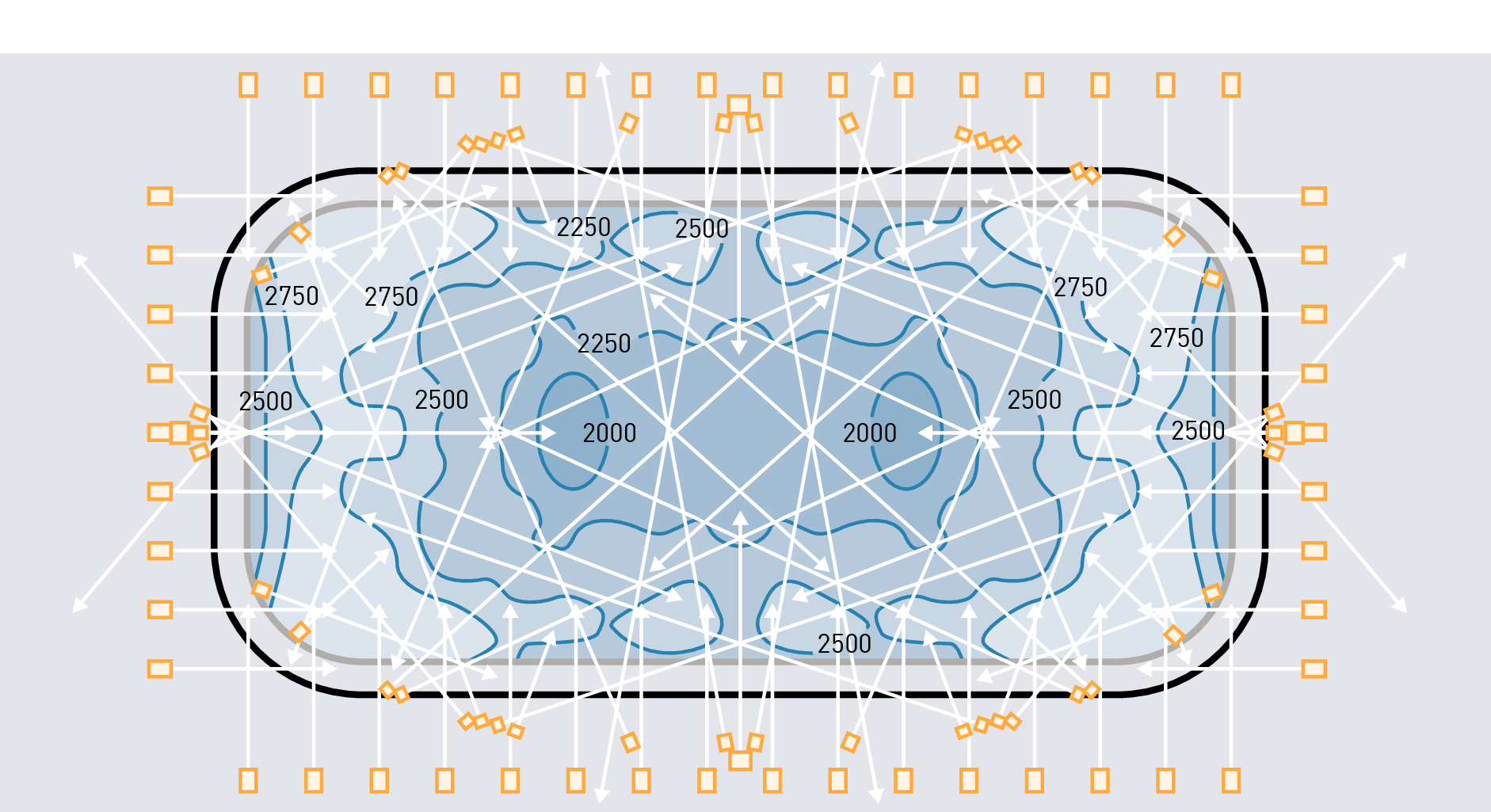
Figure 3.114: Example for ice rink lighting (above) with special-direction floodlights 1 x HIT 2000 W, for TV broadcast Ēh = 2.500 lx on the ice surface
Postbox 1960
D-59753 Arnsberg

Figure 3.114: Example for ice rink lighting (above) with special-direction floodlights 1 x HIT 2000 W, for TV broadcast Ēh = 2.500 lx on the ice surface
Ice sports are highly versatile. Ice hockey, speed skating, figure skating and leisure skating require very different lighting on the ice surface. Lighting must thus be designed according to the visual requirements of the most demanding ice sport to be performed. In halls, where leisure sports cause long periods of use, LED spotlights are the best option for profitable operation today. This also applies to training and competitions in smaller halls with moderate lighting levels. For competition operation in large halls however, luminaires with high-performance discharge lamps are still customary today.
Ice hockey is a sport with rapid movements, continuously changing viewing directions and utmost player concentration. Spectators also require excellent lighting condition in order to be able to follow the rapidly-shot, little black puck which often "hides " in the "fog " of chafed ice. Speed skating and figure skating require roughly the same lighting conditions.
In some regions, curling (ice stock sport) is more than a popular sport. Goal zones must be illuminated at a higher level, for example in curling with 300 lx (house) compared to 200 lx (rink). This is achieved by using narrow luminaire arrangements or high luminous flux luminaires.
The luminaire arrangement selection and particularly the assessment of reflected glare on the glassy ice constitute a significant problem. Light and shadows, e.g. from the protective boards around the edge of the playing field, change rapidly during the game since the glossy effect decreases significantly once the ice surface is subject to abrasion. Still, there should be a vertical illuminance of 30% of the ice surface’s horizontal illuminance at the boards. Above the boards, there are clear plastic walls protecting the audience from flying pucks, which are only transparent if the lighting does not reflect off their surfaces.